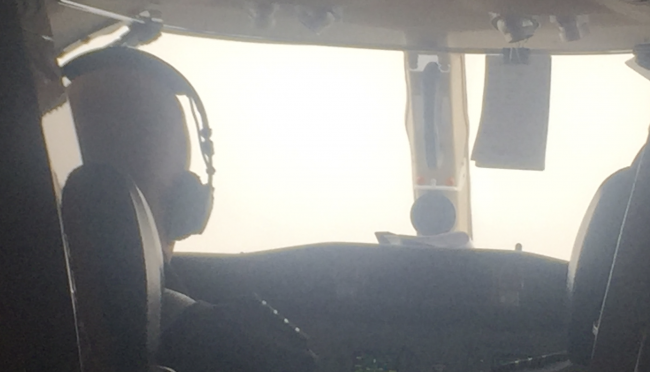
On Friday, the bars in the window on my laptop tracking visitors to this website shot up. The increase was exponential. It coincided with a CNBC segment on how private jet card sellers are rolling out offers designed to save buyers the 7.5% Federal Excise Tax on flights.
The segment didn’t even mention Private Jet Card Comparisons, so I can only imagine what happened for the companies that were discussed.
One example of savings was from Magellan Jets, a broker of jet cards. It showed savings of nearly $100,000 when you buy 100 hours on a Gulfstream G450.
The short on the FET story is this. As part of the CARES Act, collecting the 7.5% levy on flights was suspended throughout 2020. The taxable event is when you buy, not when you fly.
In other words, book and pay for a private jet charter flight at 11:59 pm on New Year’s Eve, and even though you won’t be jetting off until 2021, that flight will not incur the tax.
For a $50,000 trip, you would save $3,750. It’s nice, but perhaps what you would spend on a hotel for a weekend getaway.
Of course, it doesn’t make sense to book dozens of one-off charter flights for a variety of reasons.
Enter jet cards. Right out of the gate, NetJets said that any cards purchased this year would be FET-free for the life of the card. Its cards are valid for 24 months or until your funds expired. The world’s largest private jet provider also added 100-hour cards in addition to the normal 25 and 50-hour variety.
Since there is no formal IRS guidance and some confusion about how the tax applies to jet cards, others didn’t jump in right away. Since that point, more jet card sellers believe their cards create a taxable event when you buy, not when you fly.
What’s more, not all programs expire your funds. As the CNBC report pointed out, you could deposit millions of dollars, whatever you want, and could still be flying tax-free in 2030 if those funds were in your account – and the company was still in business.
A more practical matter is how to view the 7.5% savings. That’s because in trying to save money if you buy into the wrong program, you will actual lose money.
When I say wrong, I don’t mean bad. I mean a program doesn’t fit with your flying needs.
Here are five examples of how buying the wrong program can outstrip your savings, in some cases on your first flight.
You fly coast-to-coast where some jet cards offer rates for under $30,000. You buy a tax-free jet card without long-flight discounts that charge around $50,000.
The typical trip you do twice a month is around an hour each way. You didn’t look into daily and segment minimums. Maybe you don’t even know what they are. On a light jet, those flights would cost approximately $132,000 with the right program.
You make two trips per year to Barbados from New York with eight people, in addition to your domestic flights where you save the FET. Flights beyond 200 miles of our northern and southern borders don’t incur the tax.
Most of your trips are same-day roundtrips on a midsize jet with two hours flying. In a rush to save the FET, you forget to compare roundtrip discounts, or maybe you didn’t know they existed. Please don’t feel bad; most people don’t, or how you qualify for them.
You do a lot of winter weather flying where aircraft require deicing. Let’s assume a super-midsize jet. You might not know some programs include deicing in your hourly rate. Others charge per incidence. The programs that include deicing aren’t necessarily more expensive.
A sixth way you could lose more than your tax savings is if you buy from a provider that doesn’t offer an escrow account, and that company fails. Just ask JetSuite’s SuiteKey customers. All of the examples I gave above comes from the Private Jet Card Comparisons’ database of over 250 programs with over 20,000 data points. I also used our QUICK COMPARE FLIGHT PRICING tool.